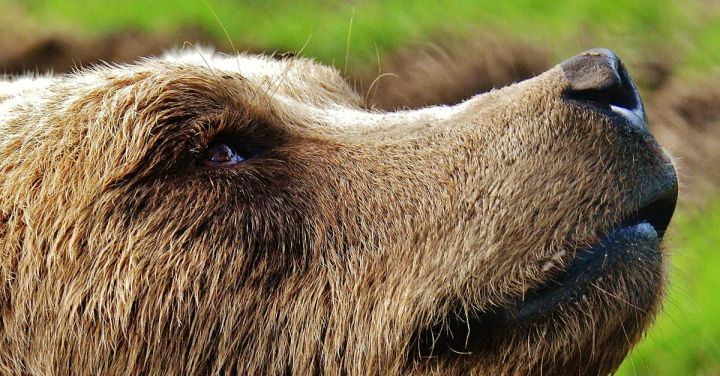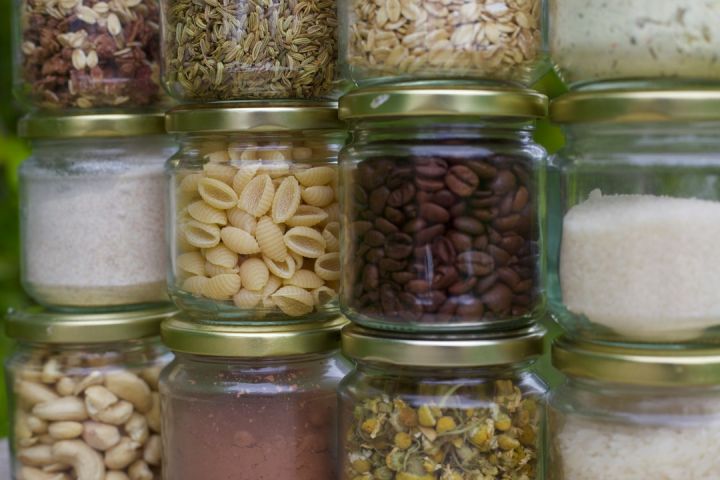How to Protect Bear-accessible Crops?
Living in bear country has its challenges, especially when it comes to protecting crops from these curious and hungry creatures. Bears are known to have a voracious appetite and can cause significant damage to agricultural fields and gardens. In this article, we will explore some effective strategies to protect bear-accessible crops, ensuring a harmonious coexistence between humans and bears.
Understanding Bear Behavior
Before delving into protective measures, it is crucial to understand the behavior of bears. Bears are highly intelligent and opportunistic animals. They possess an acute sense of smell and are attracted to crops due to their high caloric content. Bears are also known to be curious and persistent, willing to go to great lengths to access food sources.
Creating a Bear-safe Environment
Creating a bear-safe environment is the first step in protecting crops. This entails removing any attractants that may lure bears into your property. Secure garbage cans with bear-resistant lids and store them in a bear-proof enclosure. Clean grills thoroughly after use and store pet food indoors. Additionally, remove any fallen fruits or vegetables from the ground, as these can entice bears.
Fencing
Fencing is a highly effective method of deterring bears from accessing crops. Electric fencing is particularly useful, as bears learn quickly to associate the fence with a painful shock. Install a sturdy fence around your crop area, ensuring it is at least 6 feet tall and extends at least 3 feet into the ground to prevent bears from burrowing underneath. Regularly check the fence for any damage or vegetation that may ground it.
Scare Tactics
Implementing scare tactics can also deter bears from approaching crops. Install motion-activated lights and sirens around the perimeter of the crop area. These sudden bursts of light and sound can startle bears and discourage them from coming closer. Another effective method is using bear-resistant decoys, such as scarecrows or life-sized bear statues. The presence of these decoys can trick bears into thinking there is a larger predator in the vicinity.
Crop Rotation and Companion Planting
Crop rotation and companion planting are two practices that can help protect crops from bears. By frequently changing the location of your crops, you can confuse bears and make it harder for them to find food sources. Companion planting involves intermixing crops with strong-smelling and deterrent plants, such as garlic, onions, or marigolds. Bears are less likely to approach areas with strong odors, reducing the risk of crop damage.
Using Deterrents
Various deterrents can be used to discourage bears from approaching crops. One option is using bear spray, a non-lethal deterrent that emits a strong scent that bears find unpleasant. Apply bear spray around the perimeter of the crop area to create a barrier. Another effective deterrent is noise-making devices, such as air horns or whistles. Bears are generally wary of loud noises and will be deterred from approaching.
Community Collaboration
Protecting bear-accessible crops does not have to be an individual effort. Collaborating with your community can yield greater results. Share information and strategies with neighbors, farmers, and agricultural organizations. By working together, you can create a unified and coordinated approach to protect crops from bears. Additionally, consider participating in community initiatives that promote bear education and conservation.
Conclusion: Promoting Coexistence
Protecting bear-accessible crops requires a multi-faceted and proactive approach. By understanding bear behavior, creating a bear-safe environment, implementing deterrents, and collaborating with the community, we can promote a harmonious coexistence between humans and bears. By taking these measures, we can protect our crops while also respecting the natural habitat and needs of these magnificent creatures.






